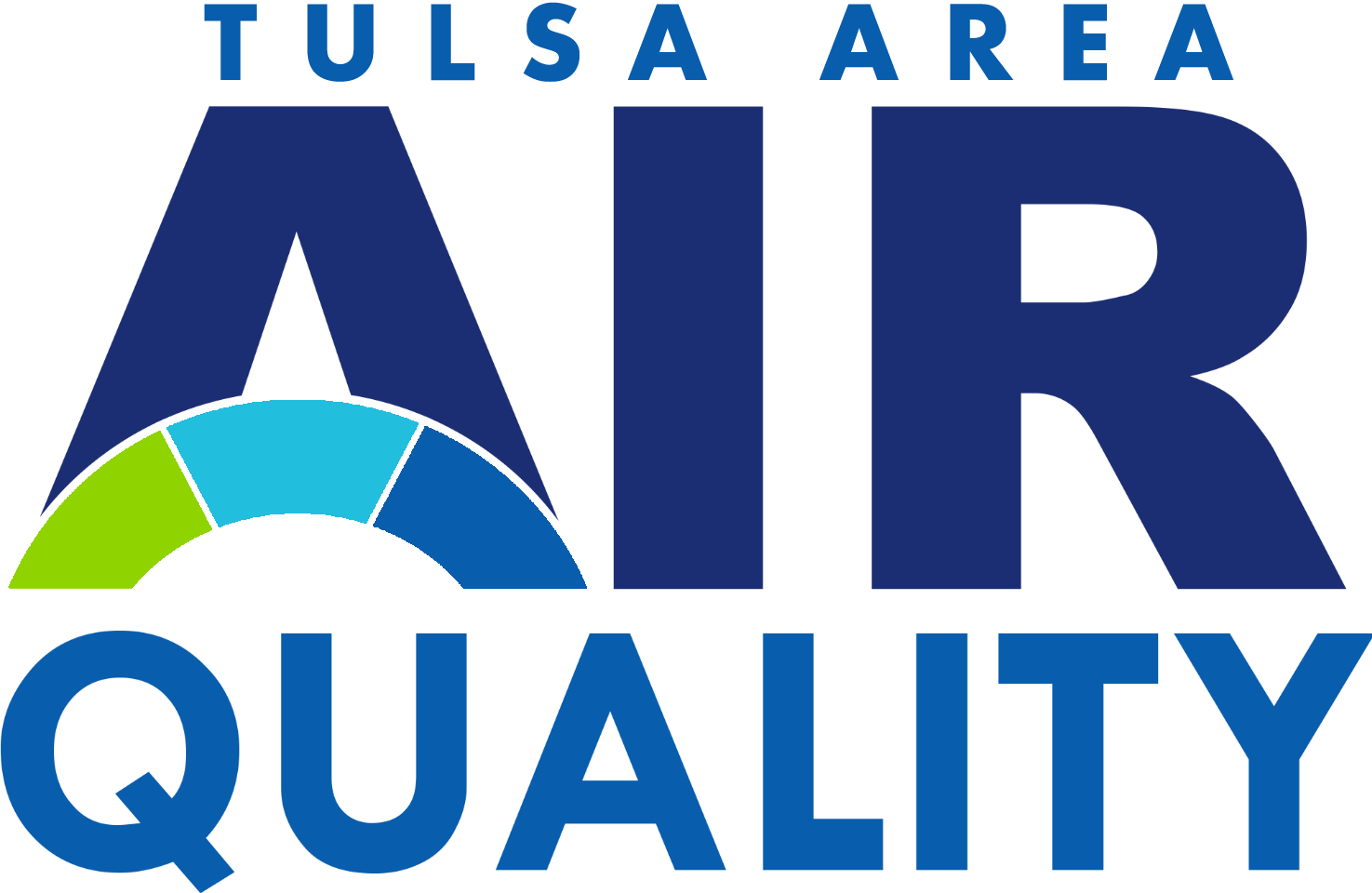Boundary Airshed
Air pollution happens in our day to day lives; and it blows in from other cities and states, at different wind currents, directions, and speeds. The Oklahoma Department of Environmental Quality (DEQ) monitors air quality in the Tulsa region and assures we meet state and federal air standards. There are 9 air monitoring stations in northeastern Oklahoma, 5 of them monitor ground-level ozone.
For regulatory purposes, Airsheds are set through the federal nonattainment designation process after an area violates one or more of the National Ambient Air Quality Standards (NAAQS). Since the City of Tulsa and all of Oklahoma meets those air standards (we are designated in attainment with all federal standards), we refer to our airshed generally as the ‘Tulsa Metropolitan Area’.
Because of its economic consequences, determining an official nonattainment boundary is a big deal. After a NAAQS is violated and verified, the nonattainment designation process can take up to three or more years. State and local officials coordinate with EPA and consider factors such as industrial source emissions, population density and traffic and commuting patterns. A Tulsa area nonattainment boundary could be as small as Tulsa County alone, or as large as our Combined Metropolitan Statistical Area (CMSA) consisting of Tulsa and seven surrounding counties. For transportation planning purposes, the Tulsa Transportation Management Area (TTMA) as indicated by the red boundary in the map, is often referred to as our AirShed.


